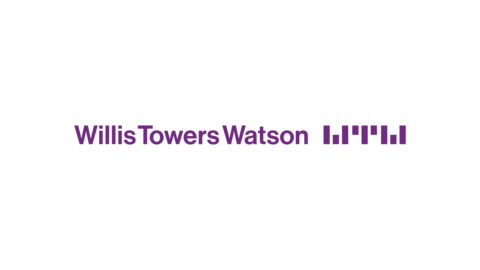Systems thinking is an approach to problem-solving that sees complex entities as a series of components with each part interacting with and influencing the rest.
The approach can be applied to managing organisations: the various divisions, units and teams – the components – of a large organisation are seen to continually interact with and affect each other. In effect, they behave collectively as a system.
Thinking big in HR:
Hybrid working: building a sustainable long-term strategy
HR's role in strategic succession planning
How to create a wellbeing strategy that works for all
The performance of the system is largely determined by the ways in which this system is configured and the elements interact, not simply by the results of individuals’ actions or effort.
As such, business leaders need to take a ‘whole-system’ perspective if they’re to maximise organisational performance, instead of just looking at the efforts of each employee.
Seeing the whole
To get the complete picture, leaders need an in-depth knowledge of the entire organisation, its various moving parts, and how each component has an impact on the rest. But there’s more to systems thinking than that.
Business leaders need to understand the adaptive nature of systems. As dynamic entities, systems adjust to changes imposed on them – often with unpredictable results.
Leaders therefore need to know how the actions they take in any one part of the system will cascade down to affect the whole. It is still rare for the most senior managers to take sufficient time to understand their system, given the inevitable pressures on their time.
Supply and demand
Within the public sector especially, one of the big gaps in knowledge is a genuine understanding of both sides of the demand and supply equation.
Firstly, how much demand is there on the system? When and where will the organisation’s output be required? What are the likely peaks, troughs and seasonal variations in demand? What external factors will affect demand, and how?
And importantly, how much demand is due to the system not supplying what it should in the first place? In the UK public sector, some estimates put this so-called ‘failure demand’ at 80% of the total.
On the supply side, leaders need to understand their organisation’s capacity to provide the goods and/or services it offers. How much staff time is wasted through non-core activity or simply spent on doing unnecessary work?
Systems theory can help leaders to understand capacity constraints. This means they’re better placed to identify the resources needed for work to move effectively through the system and not apply resource in the wrong places.
Behaviour
Leaders need to adopt the right management style, moving away from a purely command-and-control mentality. They must accept the notion that the performance of their system is as much a factor of its design as of the work done by its employees.
Issues such as poor performance, low morale or stress among the workforce often result from problems within the system itself. Their focus must be on making the systems problems visible – and not blaming the workforce for problems that are, in practice, design flaws in how the processes and systems are configured.
Barriers to systems thinking
So what’s stopping leaders from gaining a systems perspective?
Organisations are structured into divisions and sub-divisions, each with its own managers, objectives, priorities, budgets and performance management targets. As a result, people understandably focus on the piece of the puzzle they’re responsible for. So it’s rare for leaders to be able to see the entire system.
Additionally, managers in each part of the organisation may not be incentivised to work with the other components to help meet the overall aim. As such, there may be no common vision; no shared ‘map’ of the system.
The performance targets that are often implemented in organisations can act as a barrier to systems thinking. They can bring about behaviours that are counterproductive to the overarching mission.
And in the public sector especially, targets can be a tool for stakeholders to label units as a ‘success’ or ‘failure’ – rather than a measure of how the system is performing. To make matters worse, solutions to failure tend to focus on the part of the system where the target was missed, not the system as a whole.
Moreover, as most organisations are managed in a top-down, command-and-control way, leaders struggle to allow frontline staff to develop a thorough understanding of the organisation, and empower them to improve processes from within. This change in management style is difficult for many senior leaders to accommodate.
Can HR lead systems thinking in organisations?
Creating a culture of systems thinking isn’t a quick task. It takes time to embed the knowledge and behaviours needed to make decisions, and take actions, that will benefit the system as a whole.
With this in mind, systems thinking shouldn’t be the preserve of a select group of senior leaders.
A whole-system perspective can only be achieved by developing the ability to map work flows and processes among the entire workforce. In this way, any changes to the system can start with a clear idea of the organisation’s aims and purpose – and crucially, the needs of its end-users.
HR teams are already well placed to lead systems thinking in organisations, usually having a less target driven approach than their counterparts and a better view across all departments.
Although shifting an organisation’s culture can be a slow process, HR can initiate a whole-system approach through processes they own, including recruitment induction and reflecting in performance appraisals the right kinds of systems thinking and improvement behaviour.
|
Are you a systems thinker?
|
Paul Walley is lecturer in operations management at Open University Business School, with expertise in areas such as lean thinking, quality management, capacity planning and capacity management in both manufacturing and service settings. Watch a webinar on systems thinking here











